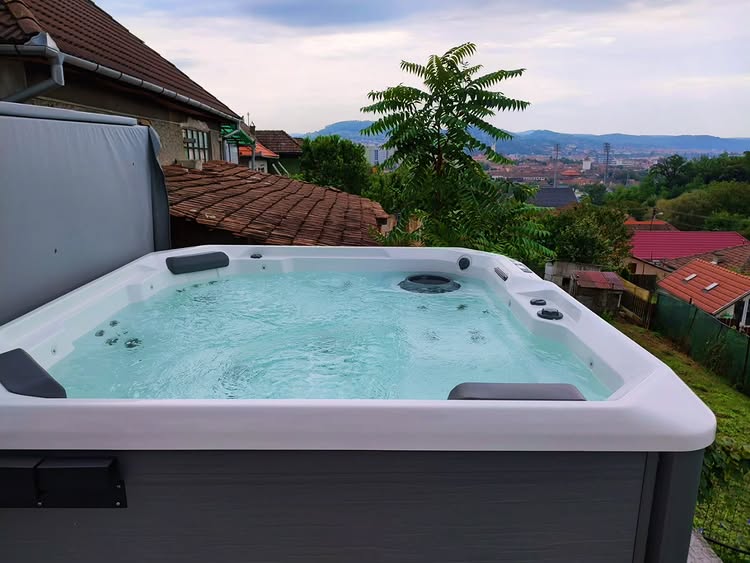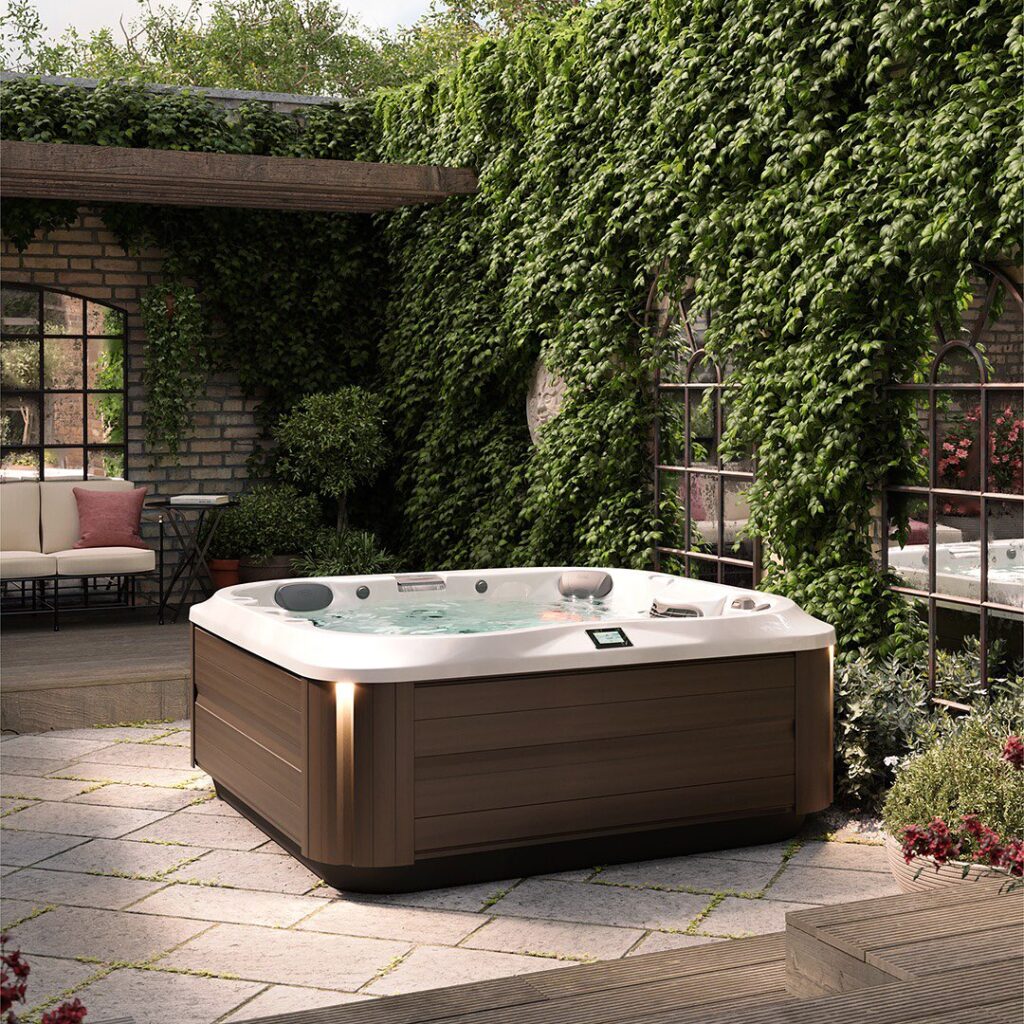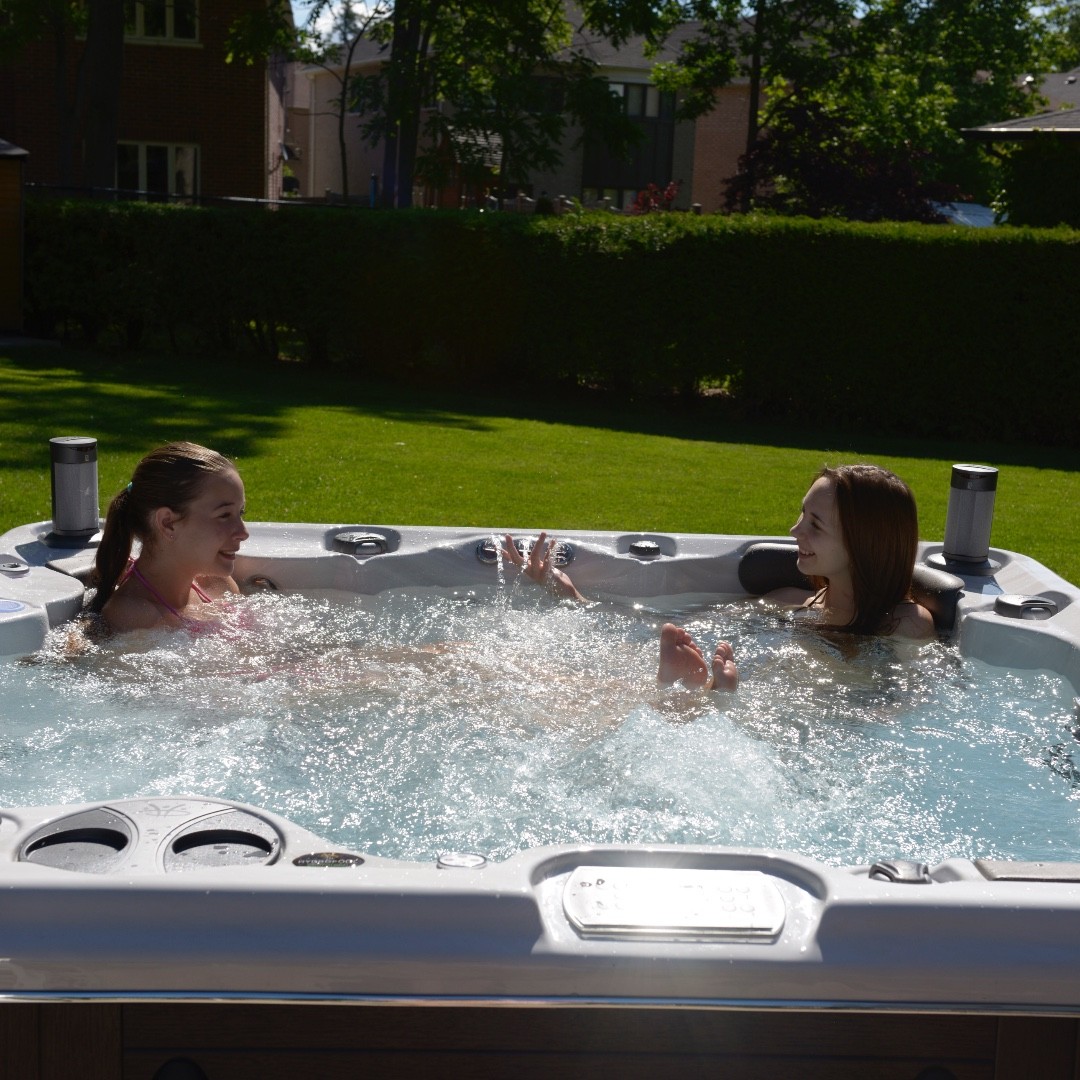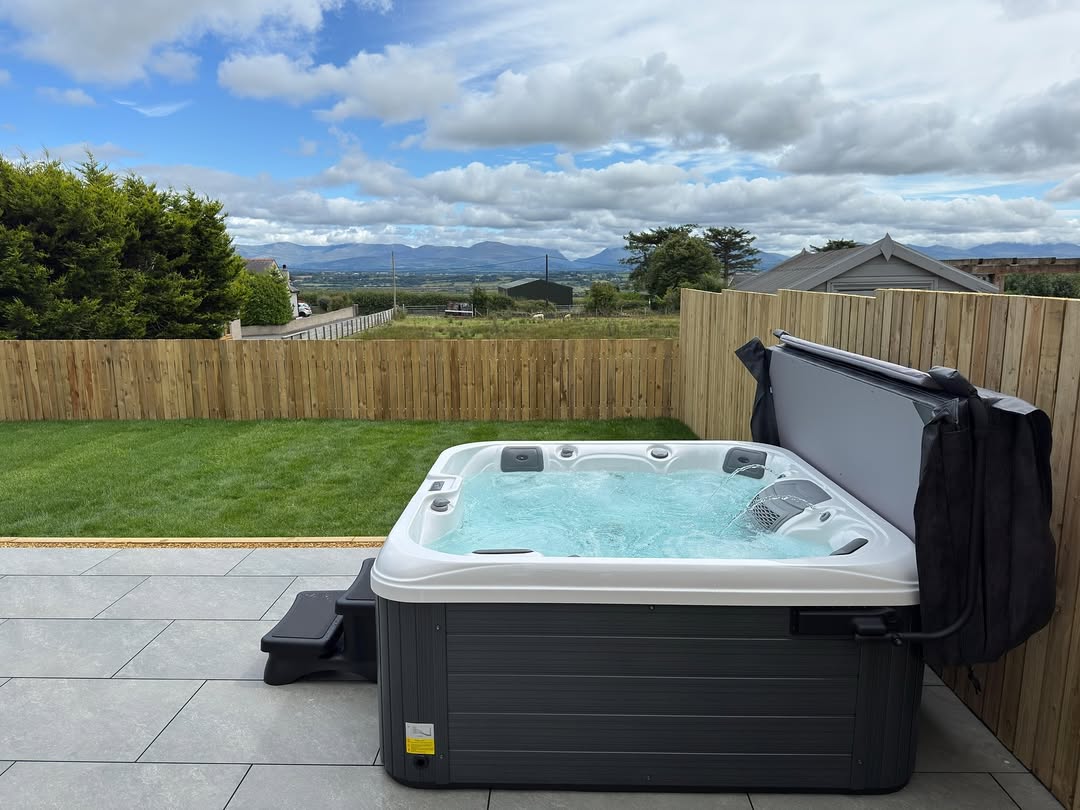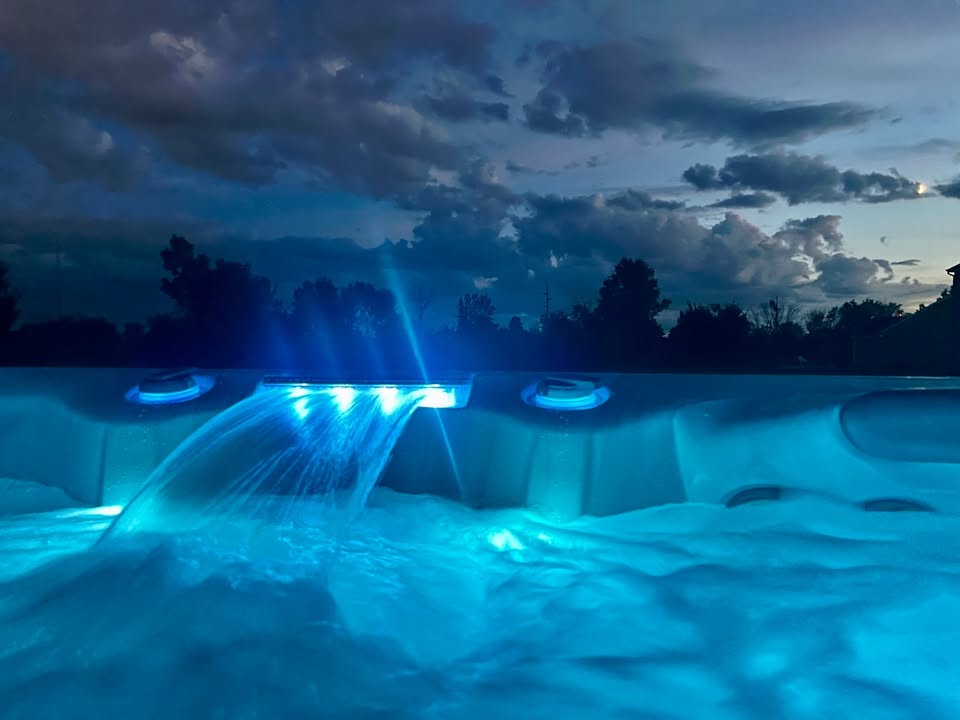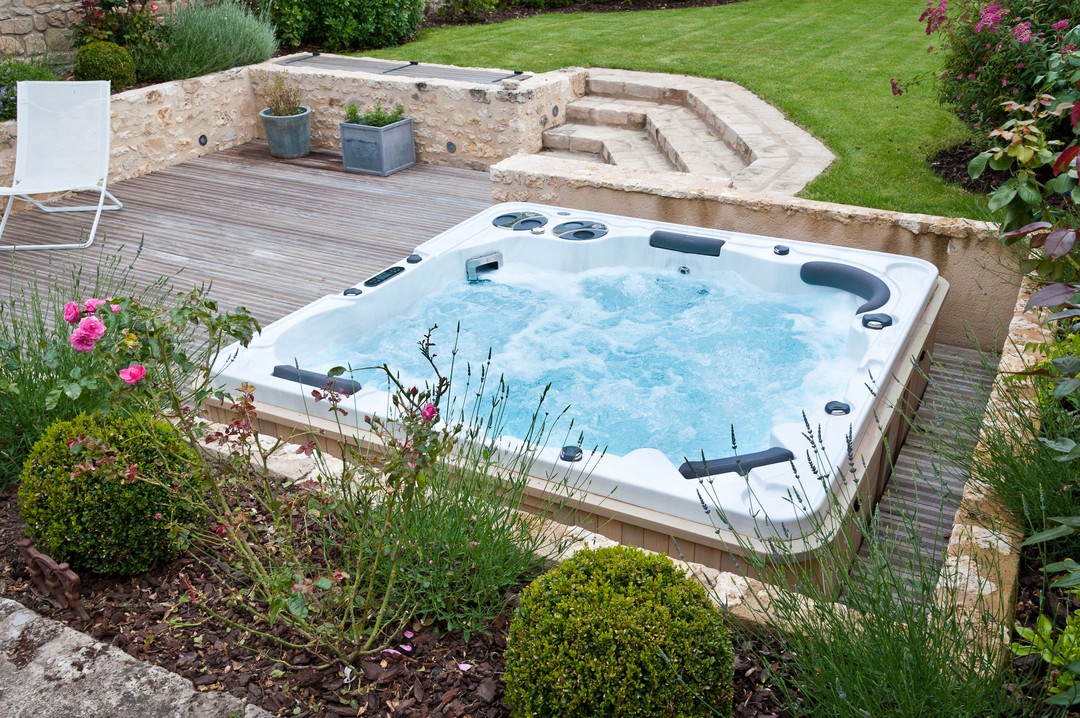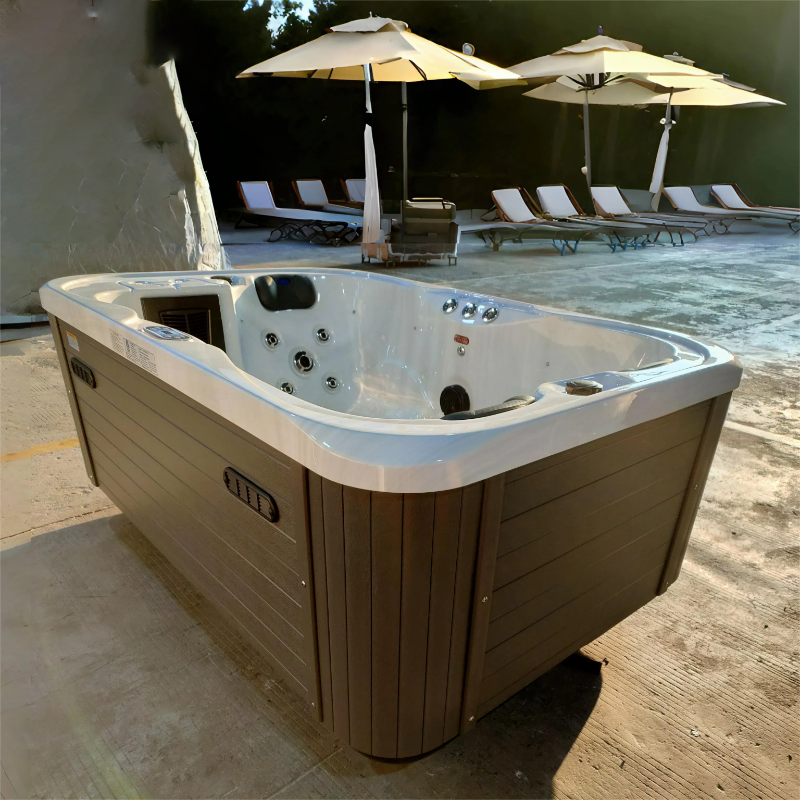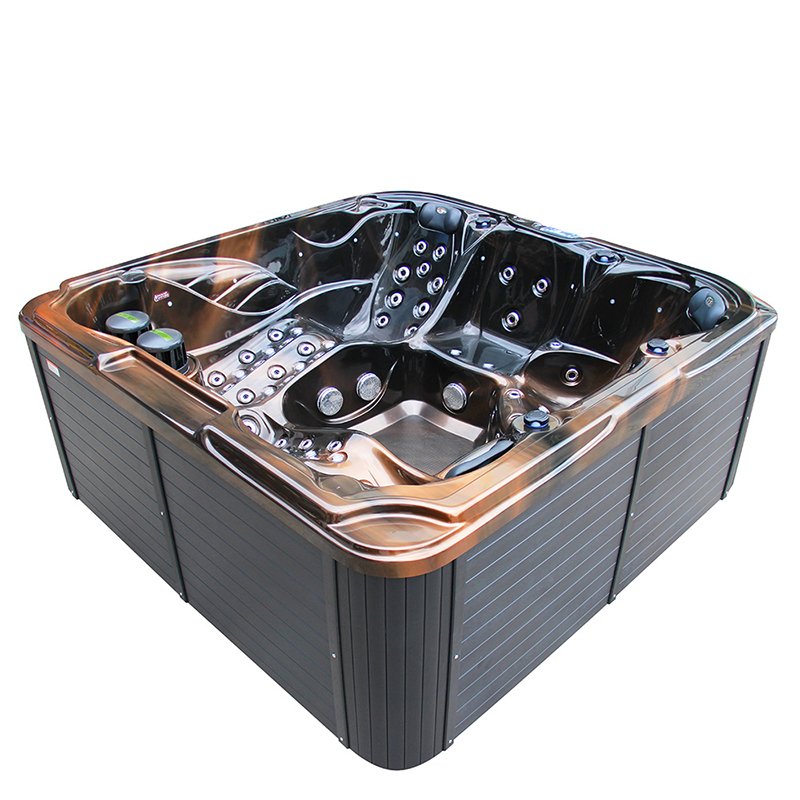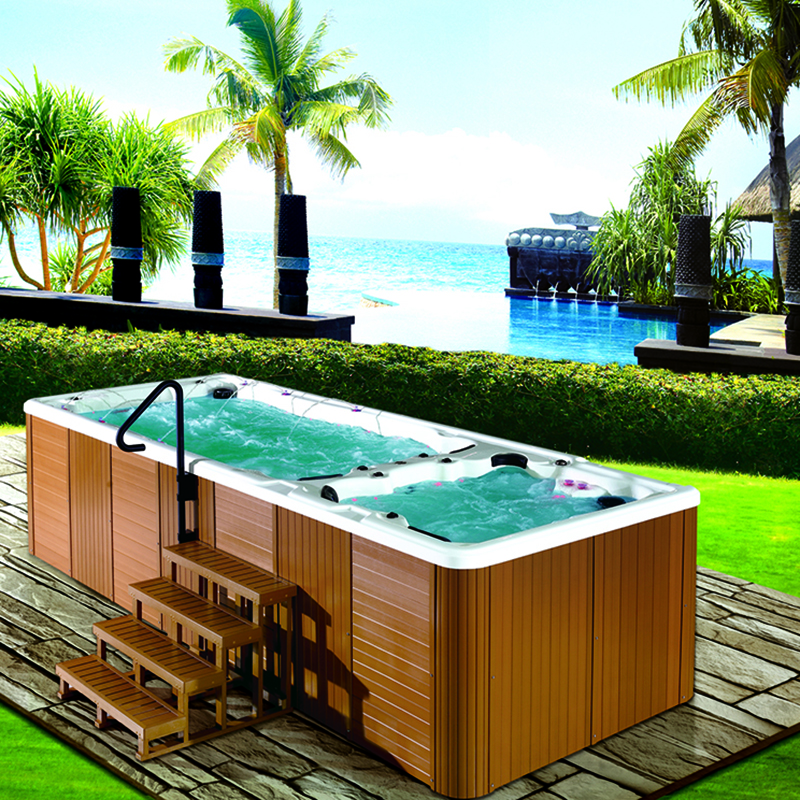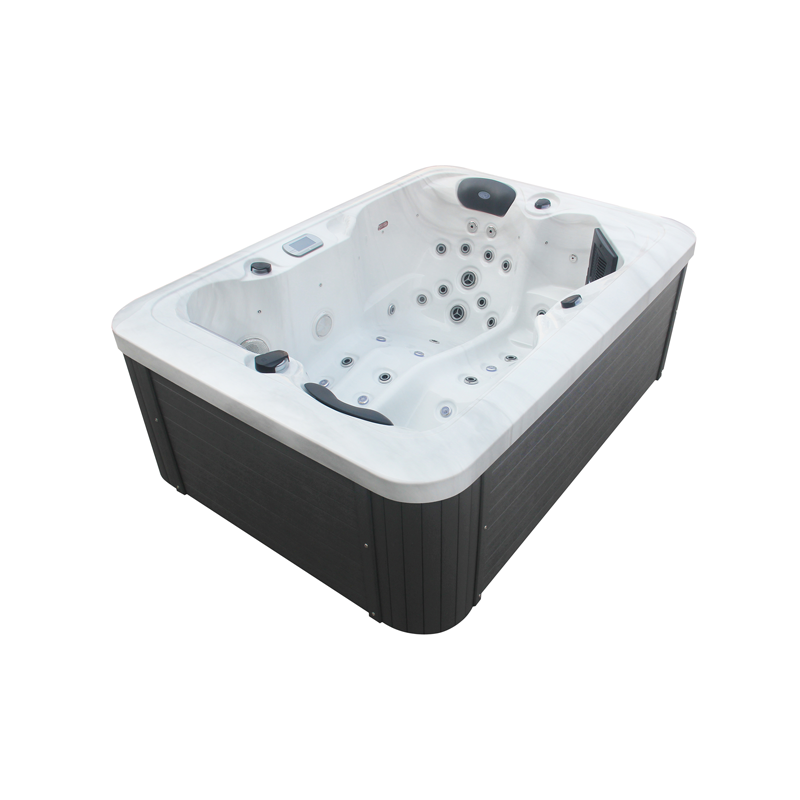Investing in a hot tub is not just about enhancing your home with an indulgent spa experience; it’s about creating a long-term sanctuary for relaxation, wellness, and quality time with family and friends. However, when it comes to selecting the perfect hot tub, it can be overwhelming. With so many options available in terms of size, shape, features, and price, how do you ensure that you make the best choice?
This article will break down all the essential factors you need to consider when choosing a hot tub, including different types of hot tubs, what features to prioritize, and how to assess your unique needs. We will also cover frequently asked questions, provide expert tips, and offer suggestions for maximizing the benefits of your hot tub. Let’s dive in!
1. Understanding the Different Forms of Hot Tubs
Hot tubs come in various forms, each designed to offer different experiences. Whether you’re seeking relaxation, hydrotherapy, or entertainment, it’s important to understand these types to make an informed decision:
1.1 Traditional Hot Tubs (Portable Spas)
These are the most common and affordable types of hot tubs, often referred to as portable spas. They are self-contained units that are easy to install and relocate. Traditional hot tubs are often made from acrylic or vinyl and can be placed on any flat surface. They are perfect for smaller spaces or renters who want flexibility. Most portable spas are equipped with jets that provide soothing massages, and they can accommodate anywhere from 2 to 8 people.
1.2 Swim Spas
Swim spas are a hybrid between a traditional hot tub and a swimming pool. They feature a long, narrow design that allows you to swim against a current, making them ideal for fitness enthusiasts. Some models even allow you to adjust the flow to customize the swimming experience. Swim spas are great for exercise and relaxation in one package, offering the benefits of both a hot tub and a pool.
1.3 Custom Hot Tubs
If you’re looking for something unique, custom hot tubs can be tailored to your exact specifications. These can be built into your home or backyard with custom designs, shapes, and materials. Custom options often include advanced features like built-in seating, multiple jet zones, integrated lighting, and water features. Though the cost is higher, these hot tubs offer unparalleled luxury and personalization.
1.4 Built-In or In-Ground Hot Tubs
In-ground hot tubs are permanent fixtures built directly into the landscape, much like a pool. These are often made from concrete, tile, or fiberglass, offering a sleek and sophisticated appearance. They can be customized with various features like integrated waterfalls or fountains. The downside is that they are typically more expensive and require professional installation, but they can add value to your property and offer a long-lasting spa experience.
1.5 Inflatable Hot Tubs
For a more budget-friendly option, inflatable hot tubs are easy to set up, store, and maintain. These portable spas are perfect for those who want the relaxation benefits of a hot tub without the large upfront cost. Although they lack the durability and features of traditional hot tubs, they are ideal for temporary use or smaller spaces. Inflatable tubs usually fit 2-4 people, offering a simple yet enjoyable spa experience.
2. How to Choose the Right Hot Tub for Your Needs
Selecting the best hot tub depends on several factors, including how many people will use it, your budget, and the space available. Here are key considerations to help guide your decision:
2.1 How Many People Will Use the Hot Tub?
The number of users is one of the most important factors to consider. Hot tubs come in various sizes, from small 2-4 person models to larger 8-person options. Here are some things to keep in mind:
- For Couples or Solo Use: A smaller hot tub (2-4 people) should suffice. These models take up less space and are often more affordable.
- For Families or Social Use: If you entertain guests or have a large family, you’ll need a hot tub that accommodates more people. Look for models with 5-8 seats, or even larger if necessary. Keep in mind that larger spas require more maintenance and higher energy costs.
2.2 The Location of Your Hot Tub
Where you place your hot tub is crucial in determining the type you should choose. Some hot tubs require a dedicated area with proper electrical and plumbing setups, while others, like portable spas and inflatable models, are more flexible.
Consider the following when choosing a location:
- Outdoor Space: Ensure you have a flat, stable surface (e.g., a deck or patio). You also need to account for any space needed for easy access and maintenance.
- Indoor Space: If you plan to place your hot tub inside, make sure your space is adequately ventilated. Also, be mindful of moisture buildup and the size of the room.
2.3 What Shape of Hot Tub is Right for Me?
Hot tubs come in a variety of shapes, and the one you choose will depend on your space and preferences. Here are some common options:
- Rectangular: Ideal for larger spaces and those who want a more traditional look.
- Square: A great option for small to medium-sized areas. These are typically more compact and easier to fit into corners.
- Round: Perfect for socializing and conversation, as they offer more even seating for a group.
- Oval or Custom Shaped: For more unique designs or smaller spaces, oval-shaped hot tubs can fit well in corners or tight areas.
3. Important Features to Consider
The features of a hot tub can elevate your experience. Some features focus on comfort, while others provide added functionality. Here are a few features to look for:
3.1 Hydrotherapy Jets
If relaxation is your primary goal, look for a hot tub with adjustable hydrotherapy jets. Premium brands, such as Jacuzzi®, offer jets with varying levels of intensity and styles, targeting different body areas for relief. Pay attention to jet placement and variety (e.g., rotating jets, pulsating jets) to ensure the best possible therapeutic experience.
3.2 Lighting and Water Features
Lighting can enhance the ambiance of your hot tub experience. LED lights are a popular option, offering color-changing settings that can suit any mood. Water features like waterfalls, fountains, or bubblers add a touch of luxury and sound therapy to your spa.
3.3 Energy Efficiency
For those concerned about energy consumption, look for energy-efficient models. Features like insulation, smart energy management systems, and energy-saving heaters can help reduce operating costs. Some high-end spas also come with smart apps that monitor energy usage and allow remote control.
3.4 Lounger Seats
A lounger seat is a great addition for those seeking full-body immersion and maximum relaxation. These seats recline, allowing for a more comfortable and therapeutic hydrotherapy experience. They also take up more space, so consider your space availability before choosing a lounger seat.
3.5 Easy-to-Use Controls
The interface of your hot tub’s control system should be user-friendly. Many modern hot tubs come with digital control panels or even mobile apps for adjusting settings like temperature, jet intensity, and lighting.
4. FAQs About Hot Tubs
4.1 How much maintenance is required for a hot tub?
Maintaining a hot tub involves regular water balancing, cleaning, and checking the filters. You’ll also need to drain and refill the water every few months, depending on usage. Some models feature self-cleaning systems, which can reduce the time spent on maintenance.
4.2 What is the average lifespan of a hot tub?
The lifespan of a hot tub can vary depending on its quality and maintenance. On average, a well-maintained hot tub can last anywhere from 10 to 20 years. Regular maintenance and prompt repairs can help extend its life.
4.3 Are hot tubs energy-efficient?
Yes, modern hot tubs are generally energy-efficient, especially if they come with high-quality insulation and energy-saving features like efficient heaters and variable speed pumps. Additionally, you can reduce energy consumption by keeping your hot tub covered when not in use.
5. Conclusion
Choosing the right hot tub is a personal decision that involves careful consideration of your space, budget, and desired features. Whether you opt for a compact portable spa or a luxurious custom-built hot tub, it’s essential to think about what will bring you the most enjoyment and relaxation. By assessing your needs, asking the right questions, and understanding the different hot tub types, you can make a choice that suits your lifestyle and creates a lasting source of comfort for years to come.
In the end, a hot tub is more than just a luxury—it’s an investment in your well-being, and with the right research, you’ll find the perfect model to enhance your life.

